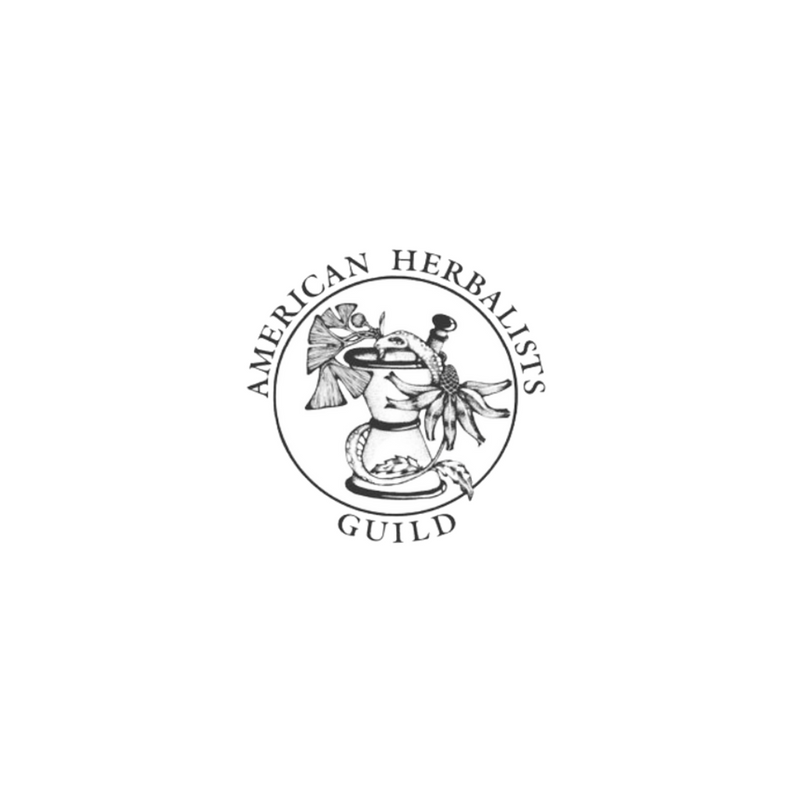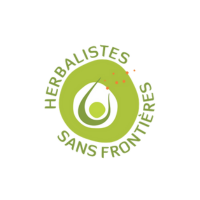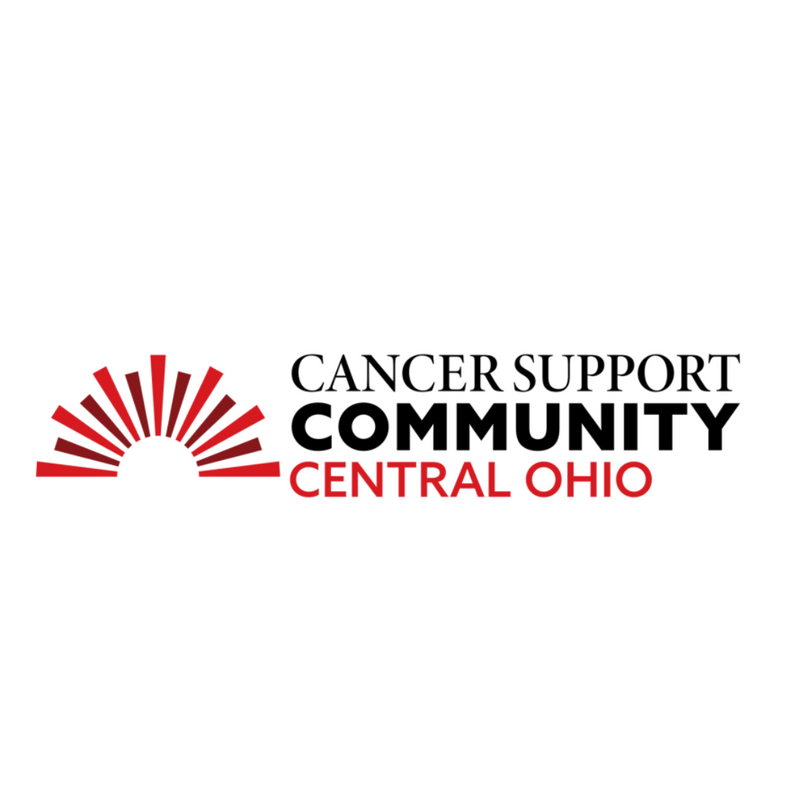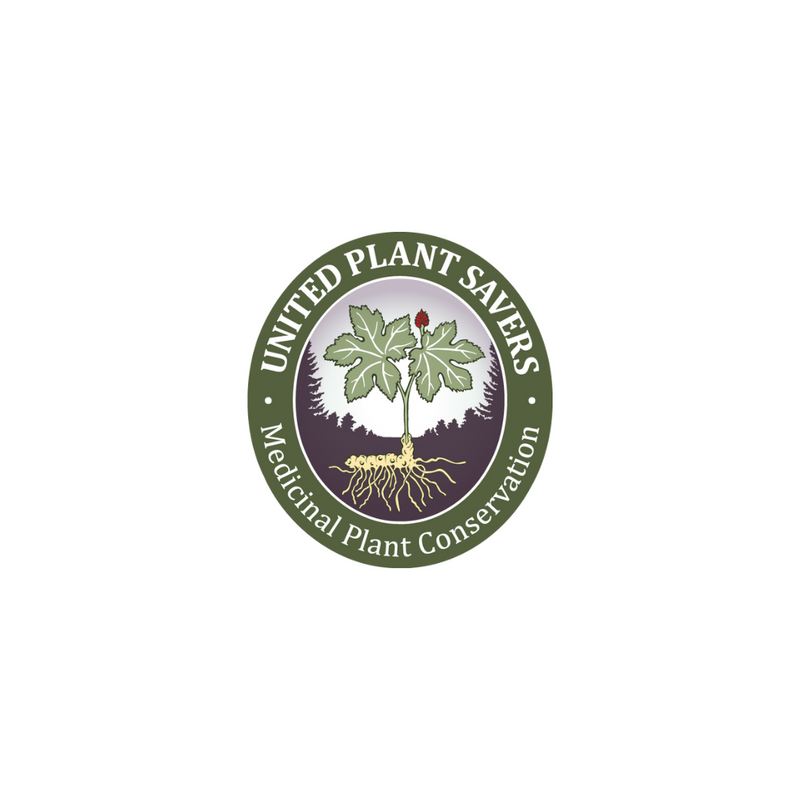
Bioregional Herbalism, or how to love local!
Share
I became an herbalist because I believe that nature provides everything we need for a healthy life if we know what we are looking for and listen carefully. I believe that this is true on a macro and micro level- meaning that there are herbs all over the planet to cure and relieve our maladies, but we should also look closer to home, in our own areas first. This local focus is called bioregional herbalism.
 To quote Rose Barlow:
To quote Rose Barlow:
"The herb market is wide open and flourishing. We see new companies and new herbal products on the shelves each year, even finding their way into mainstream drug stores competing with pharmaceuticals. It is heartening to see people turning once again to this most ancient tradition of healing, but there is a downside to the growing herb industry that we need to be aware of. We are beginning to encounter some of the same problems that we see with our industrialized, mechanized food systems. Herbs become another commodity in the economic hustle rather than a common, abundant resource freely available to all. The herb market becomes wrought with many of the same problems we see with any large-scale, profit-driven industry:
*Mass production of herbs, not necessarily organic, compromises the quality and value of the herbs. Warehoused herbs suffer a loss of potency in shipping and storage, which compromises their effectiveness and integrity.
*Mass exploitation of wild herbs puts more and more plants on the threatened and endangered list each year. We see this here in the US with the plight of the Goldenseal, wild Ginseng and native Echinacea. Pop herbs from the rainforest and other exotic places also open the way for exploitation of indigenous peoples and habitats.
*Environmental and economical costs of shipping and transportation of herbs soar as we seek our medicine from afar rather than in our own bioregions. Around 85% of herbs sold on the market in the US are imported from sources outside of the United States. Many herbal products that are imported long distances grow in reckless abundance all around us.
*We lose connection with the growers, harvesters, and producers of herbs and herbal preparations, a vital link in a healthy community. Maintaining this connection ensures high quality and accountability by the suppliers. It also helps to bring the knowledge of herbal medicine back into the hands of the people, rather than relinquishing it to specially trained professionals and profiteers."
 You would be surprised that most issues can be resolved by using plants that you see regularly, even ones you think of as pesky weeds. Last year, a pesky weed kept snatching at my clothing as I went in and out my back door, trying to garner my attention. Eventually, I researched what the plant was and was floored. Turns out, this is a fabulous plant to treat MRSA, and I needed it for a client!
You would be surprised that most issues can be resolved by using plants that you see regularly, even ones you think of as pesky weeds. Last year, a pesky weed kept snatching at my clothing as I went in and out my back door, trying to garner my attention. Eventually, I researched what the plant was and was floored. Turns out, this is a fabulous plant to treat MRSA, and I needed it for a client!
Bioregional herbalism encompasses looking at what is growing wild in the area as well as cultivating your herbs locally. It is superior to getting herbs from all over the planet for a number of reasons:
1. Bioregional herbalism is a medicinal version of "think globally act locally". We decrease our use of fossil fuels by transporting Tea Tree oil from Australia or Reishi from China. Bioregional herbalism embraces the concept that a truly holistic style of healing needs to draw on available natural resources within your own local area. This means that the herbs you take do not make an extra demand of resources in terms of manufacture and transportation.
 For many people, this is a novel notion since we are used to seeing national and even international studies and internet articles recommending a specific herb as the cure-all for a specific disease, even if that herb grows best only in a narrow corner of the globe. Bioregional herbalism encourages people to learn which herbal healing resources grow naturally in their specific area and to draw on those resources.
For many people, this is a novel notion since we are used to seeing national and even international studies and internet articles recommending a specific herb as the cure-all for a specific disease, even if that herb grows best only in a narrow corner of the globe. Bioregional herbalism encourages people to learn which herbal healing resources grow naturally in their specific area and to draw on those resources.
Linda Conroy of Moonwise Herbs in Sheboygan, Wisconsin, gives an example: "If I have a fungal infection popular herbalism suggests I reach for Tea Tree Oil and I remind myself that it comes from Australia. What resources does it take to bottle that herb and transport it to me? Now wisdom tells me that the people who lived on this continent had all the medicines they needed, so that leads me to look for an anti- fungal herb in my backyard. And so I reach for Red Cedar (Thuja plicata). I can make a strong infusion, a tincture or an oil with minimal impact to the planet."
As herbalism gains mainstream popularity, many manufacturers are mass-producing herbal remedies without sensitivity to the impact of harvesting large numbers of plants from one area. Herbalists with a conscience use endangered plants not at all or sparingly and prefer to substitute local and ethically obtained ingredients for more commonly known but endangered ones. At Haven, we source ethically and sustainably.
 The herbal supplements available at mainstream retailers like Wal-Mart are more likely to be produced without sensitivity to whether a plant species in a specific area is stressed from a year of too little rain. They may harvest wild plants without consideration as to whether the stand of plants will be able to re-seed for another year. For example, the demand for Echinacea has already wiped out many wild stands of the plant. Echinacea is a local Ohio wildflower, yet we are having an issue with it growing wild! Goldenseal is also a powerful antimicrobial, but United Plant Savers had to buy land to create a sanctuary for it here in Ohio. These are red flags that commodified herbalism is as reckless as any other form of commodified medicine. And we at Haven will not participate in that kind of commerce.
The herbal supplements available at mainstream retailers like Wal-Mart are more likely to be produced without sensitivity to whether a plant species in a specific area is stressed from a year of too little rain. They may harvest wild plants without consideration as to whether the stand of plants will be able to re-seed for another year. For example, the demand for Echinacea has already wiped out many wild stands of the plant. Echinacea is a local Ohio wildflower, yet we are having an issue with it growing wild! Goldenseal is also a powerful antimicrobial, but United Plant Savers had to buy land to create a sanctuary for it here in Ohio. These are red flags that commodified herbalism is as reckless as any other form of commodified medicine. And we at Haven will not participate in that kind of commerce.
At Haven Herbs, we are mindful of every herb we use AND where it comes from. Our formulas are made with these issues in mind.
2. We learn about our own environment and how to live in harmony with it. We begin to value what grows here, rather than commodifying everything by getting it (and not knowing what is involved in its production and processing) in a chain or big box store. Sure, we all know which state, county, and city we live in, but many of us are disconnected from a true sense of place, lacking any concept of the bioregion in which we live. Rose, who teaches classes to help familiarize people with herbs in her area, notes that bioregions are not defined by government. "Each is a specific life zone defined by its watershed and indicator species, and by their relationships to each other. A bioregion may be defined by its wildflowers and red earth, by the Ponderosa pines and prickly pears of the Gila, or by the mangroves and Cherokee roses of the Everglades. Bioregions are not subject to or confined by manmade boundaries like national borders, state or county lines or city limits. Instead, they flow along the lines of rivers and rainfall, migration routes and weather patterns."
 Bioregional herbalism allows you to interact with your environment in a more meaningful way AND protect natural resources. If you want to become a more responsible participant in maintaining the environment and in shaping your own health, support bioregional herbalists, like Haven Herbs. We work with local gardens and farms to supply us with ingredients for our formulas (and we hope that our bulk bins in the upcoming retail location will be full of locally sourced herbs as well). We wildcraft abundant plants, not endangered ones.
Bioregional herbalism allows you to interact with your environment in a more meaningful way AND protect natural resources. If you want to become a more responsible participant in maintaining the environment and in shaping your own health, support bioregional herbalists, like Haven Herbs. We work with local gardens and farms to supply us with ingredients for our formulas (and we hope that our bulk bins in the upcoming retail location will be full of locally sourced herbs as well). We wildcraft abundant plants, not endangered ones.
Herbalist Kiva Rose says, "On a practical level, to live bioregionally is to acknowledge and participate in the ecosystem we are a part of, rooted – in a very literal sense – in the land that we live on. It may mean eating local and wild foods, using materials that occur naturally near us, and participating in the ecosystem by caring for it. What this means for each one of us will vary according to the needs of the land, depending on whether restoration is the most beneficial course of action for that particular area, whether establishing trees or restoring the soil by replanting species like Stinging Nettle. Or simply helping maintain the diversity that already exists with careful harvesting practices and a prayerful attitude towards the spirit of the land."
3. Many traditional herbal healers believe that any health imbalance is best cured within the same environment where the illness originated. For example, when I was training, I learned that Jewelweed is nature's antidote to Poison Ivy, and they often grow very close to one another. I also learned that the Jewelweed growing near the Poison Ivy that gave you the rash is MORE EFFECTIVE than a Jewelweed growing elsewhere, in another state.
 "Herbalism is based on relationship—relationship between plant and human, plant and planet, human and planet. Using herbs in the healing process means taking part in an ecological cycle. This offers us the opportunity consciously to be present in the living, vital world of which we are part; to invite wholeness and our world into our lives through awareness of the remedies being used."
—Wendell Berry
"Herbalism is based on relationship—relationship between plant and human, plant and planet, human and planet. Using herbs in the healing process means taking part in an ecological cycle. This offers us the opportunity consciously to be present in the living, vital world of which we are part; to invite wholeness and our world into our lives through awareness of the remedies being used."
—Wendell Berry
I would take Berry's quote a step farther. We, as humans, need to cultivate relationships with our local environments and its flora and fauna if we are to ever get back into right relation with the planet and save ourselves from extinction. Bioregional herbalism allows me to do just that.
 To quote Rose Barlow:
To quote Rose Barlow:"The herb market is wide open and flourishing. We see new companies and new herbal products on the shelves each year, even finding their way into mainstream drug stores competing with pharmaceuticals. It is heartening to see people turning once again to this most ancient tradition of healing, but there is a downside to the growing herb industry that we need to be aware of. We are beginning to encounter some of the same problems that we see with our industrialized, mechanized food systems. Herbs become another commodity in the economic hustle rather than a common, abundant resource freely available to all. The herb market becomes wrought with many of the same problems we see with any large-scale, profit-driven industry:
*Mass production of herbs, not necessarily organic, compromises the quality and value of the herbs. Warehoused herbs suffer a loss of potency in shipping and storage, which compromises their effectiveness and integrity.
*Mass exploitation of wild herbs puts more and more plants on the threatened and endangered list each year. We see this here in the US with the plight of the Goldenseal, wild Ginseng and native Echinacea. Pop herbs from the rainforest and other exotic places also open the way for exploitation of indigenous peoples and habitats.
*Environmental and economical costs of shipping and transportation of herbs soar as we seek our medicine from afar rather than in our own bioregions. Around 85% of herbs sold on the market in the US are imported from sources outside of the United States. Many herbal products that are imported long distances grow in reckless abundance all around us.
*We lose connection with the growers, harvesters, and producers of herbs and herbal preparations, a vital link in a healthy community. Maintaining this connection ensures high quality and accountability by the suppliers. It also helps to bring the knowledge of herbal medicine back into the hands of the people, rather than relinquishing it to specially trained professionals and profiteers."
 You would be surprised that most issues can be resolved by using plants that you see regularly, even ones you think of as pesky weeds. Last year, a pesky weed kept snatching at my clothing as I went in and out my back door, trying to garner my attention. Eventually, I researched what the plant was and was floored. Turns out, this is a fabulous plant to treat MRSA, and I needed it for a client!
You would be surprised that most issues can be resolved by using plants that you see regularly, even ones you think of as pesky weeds. Last year, a pesky weed kept snatching at my clothing as I went in and out my back door, trying to garner my attention. Eventually, I researched what the plant was and was floored. Turns out, this is a fabulous plant to treat MRSA, and I needed it for a client! Bioregional herbalism encompasses looking at what is growing wild in the area as well as cultivating your herbs locally. It is superior to getting herbs from all over the planet for a number of reasons:
1. Bioregional herbalism is a medicinal version of "think globally act locally". We decrease our use of fossil fuels by transporting Tea Tree oil from Australia or Reishi from China. Bioregional herbalism embraces the concept that a truly holistic style of healing needs to draw on available natural resources within your own local area. This means that the herbs you take do not make an extra demand of resources in terms of manufacture and transportation.
 For many people, this is a novel notion since we are used to seeing national and even international studies and internet articles recommending a specific herb as the cure-all for a specific disease, even if that herb grows best only in a narrow corner of the globe. Bioregional herbalism encourages people to learn which herbal healing resources grow naturally in their specific area and to draw on those resources.
For many people, this is a novel notion since we are used to seeing national and even international studies and internet articles recommending a specific herb as the cure-all for a specific disease, even if that herb grows best only in a narrow corner of the globe. Bioregional herbalism encourages people to learn which herbal healing resources grow naturally in their specific area and to draw on those resources.Linda Conroy of Moonwise Herbs in Sheboygan, Wisconsin, gives an example: "If I have a fungal infection popular herbalism suggests I reach for Tea Tree Oil and I remind myself that it comes from Australia. What resources does it take to bottle that herb and transport it to me? Now wisdom tells me that the people who lived on this continent had all the medicines they needed, so that leads me to look for an anti- fungal herb in my backyard. And so I reach for Red Cedar (Thuja plicata). I can make a strong infusion, a tincture or an oil with minimal impact to the planet."
As herbalism gains mainstream popularity, many manufacturers are mass-producing herbal remedies without sensitivity to the impact of harvesting large numbers of plants from one area. Herbalists with a conscience use endangered plants not at all or sparingly and prefer to substitute local and ethically obtained ingredients for more commonly known but endangered ones. At Haven, we source ethically and sustainably.
 The herbal supplements available at mainstream retailers like Wal-Mart are more likely to be produced without sensitivity to whether a plant species in a specific area is stressed from a year of too little rain. They may harvest wild plants without consideration as to whether the stand of plants will be able to re-seed for another year. For example, the demand for Echinacea has already wiped out many wild stands of the plant. Echinacea is a local Ohio wildflower, yet we are having an issue with it growing wild! Goldenseal is also a powerful antimicrobial, but United Plant Savers had to buy land to create a sanctuary for it here in Ohio. These are red flags that commodified herbalism is as reckless as any other form of commodified medicine. And we at Haven will not participate in that kind of commerce.
The herbal supplements available at mainstream retailers like Wal-Mart are more likely to be produced without sensitivity to whether a plant species in a specific area is stressed from a year of too little rain. They may harvest wild plants without consideration as to whether the stand of plants will be able to re-seed for another year. For example, the demand for Echinacea has already wiped out many wild stands of the plant. Echinacea is a local Ohio wildflower, yet we are having an issue with it growing wild! Goldenseal is also a powerful antimicrobial, but United Plant Savers had to buy land to create a sanctuary for it here in Ohio. These are red flags that commodified herbalism is as reckless as any other form of commodified medicine. And we at Haven will not participate in that kind of commerce.At Haven Herbs, we are mindful of every herb we use AND where it comes from. Our formulas are made with these issues in mind.
2. We learn about our own environment and how to live in harmony with it. We begin to value what grows here, rather than commodifying everything by getting it (and not knowing what is involved in its production and processing) in a chain or big box store. Sure, we all know which state, county, and city we live in, but many of us are disconnected from a true sense of place, lacking any concept of the bioregion in which we live. Rose, who teaches classes to help familiarize people with herbs in her area, notes that bioregions are not defined by government. "Each is a specific life zone defined by its watershed and indicator species, and by their relationships to each other. A bioregion may be defined by its wildflowers and red earth, by the Ponderosa pines and prickly pears of the Gila, or by the mangroves and Cherokee roses of the Everglades. Bioregions are not subject to or confined by manmade boundaries like national borders, state or county lines or city limits. Instead, they flow along the lines of rivers and rainfall, migration routes and weather patterns."
 Bioregional herbalism allows you to interact with your environment in a more meaningful way AND protect natural resources. If you want to become a more responsible participant in maintaining the environment and in shaping your own health, support bioregional herbalists, like Haven Herbs. We work with local gardens and farms to supply us with ingredients for our formulas (and we hope that our bulk bins in the upcoming retail location will be full of locally sourced herbs as well). We wildcraft abundant plants, not endangered ones.
Bioregional herbalism allows you to interact with your environment in a more meaningful way AND protect natural resources. If you want to become a more responsible participant in maintaining the environment and in shaping your own health, support bioregional herbalists, like Haven Herbs. We work with local gardens and farms to supply us with ingredients for our formulas (and we hope that our bulk bins in the upcoming retail location will be full of locally sourced herbs as well). We wildcraft abundant plants, not endangered ones. Herbalist Kiva Rose says, "On a practical level, to live bioregionally is to acknowledge and participate in the ecosystem we are a part of, rooted – in a very literal sense – in the land that we live on. It may mean eating local and wild foods, using materials that occur naturally near us, and participating in the ecosystem by caring for it. What this means for each one of us will vary according to the needs of the land, depending on whether restoration is the most beneficial course of action for that particular area, whether establishing trees or restoring the soil by replanting species like Stinging Nettle. Or simply helping maintain the diversity that already exists with careful harvesting practices and a prayerful attitude towards the spirit of the land."
3. Many traditional herbal healers believe that any health imbalance is best cured within the same environment where the illness originated. For example, when I was training, I learned that Jewelweed is nature's antidote to Poison Ivy, and they often grow very close to one another. I also learned that the Jewelweed growing near the Poison Ivy that gave you the rash is MORE EFFECTIVE than a Jewelweed growing elsewhere, in another state.
 "Herbalism is based on relationship—relationship between plant and human, plant and planet, human and planet. Using herbs in the healing process means taking part in an ecological cycle. This offers us the opportunity consciously to be present in the living, vital world of which we are part; to invite wholeness and our world into our lives through awareness of the remedies being used."
"Herbalism is based on relationship—relationship between plant and human, plant and planet, human and planet. Using herbs in the healing process means taking part in an ecological cycle. This offers us the opportunity consciously to be present in the living, vital world of which we are part; to invite wholeness and our world into our lives through awareness of the remedies being used."I would take Berry's quote a step farther. We, as humans, need to cultivate relationships with our local environments and its flora and fauna if we are to ever get back into right relation with the planet and save ourselves from extinction. Bioregional herbalism allows me to do just that.




